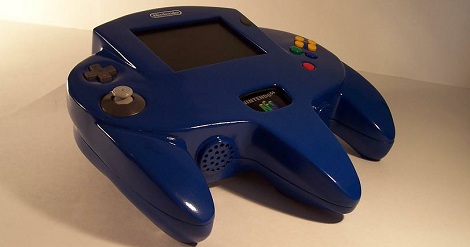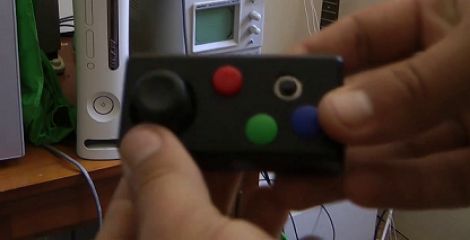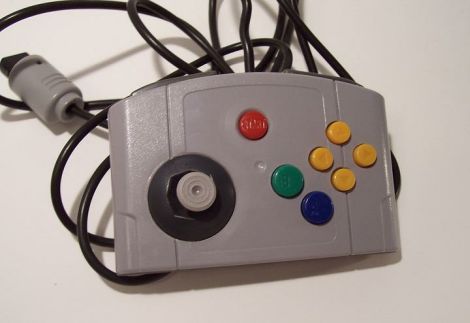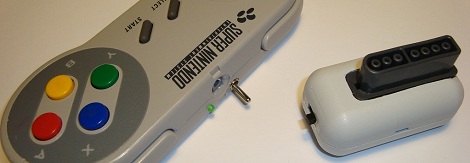
Casemodding has moved far beyond the old portabalized Ataris and NESes of only a few years ago. Now, the new hotness is more modern consoles including the GameCube, Dreamcast, and the venerable N64. Two N64 case mods rolled into our tip line over the past few days, and we can’t think of a better display of case fabrication and console modification than these two.
First up is [Travis]’s N64 handheld. The case was constructed out of a sheet of ABS plastic with Bondo used to make everything sleek and smooth. There’s a 7″ display in this handheld as well as two LiIon batteries able to provide up to three hours of play time. The fit and finish on this build is spectacular, a testament to [Travis]’ patience and Bondo skills.
Next up is a very very tiny build claiming to be the smallest N64 portable. It’s the work of [bud] and is barely larger than an N64 cartridge. Inside is a 3.5 inch screen and enough LiPos to provide about 2 hours of gaming time. Unlike other (larger) builds, [bud] put the cartridge slot on the outside of the case allowing the cartridge to stick out at a 90 degree angle.
Both very awesome builds that really show off what can be done with a lot of sanding and body filler. You can check out the videos for each casemod after the break.

















